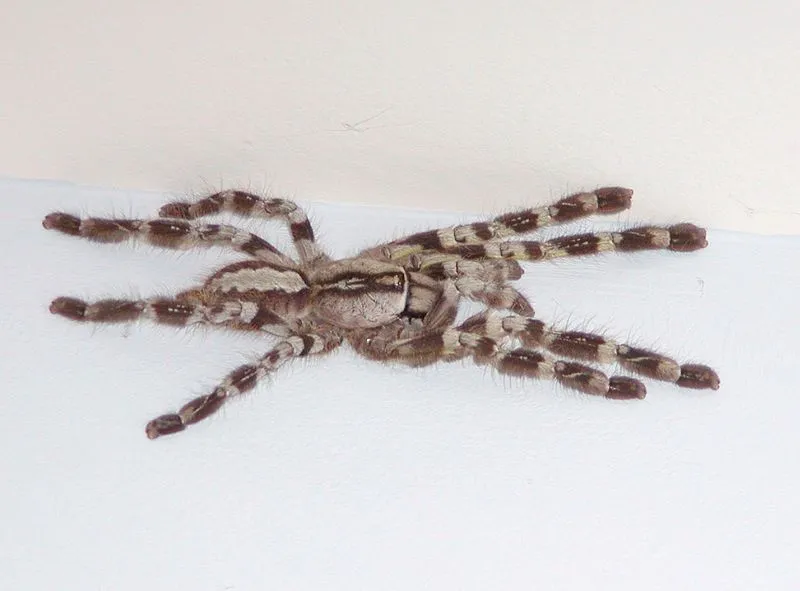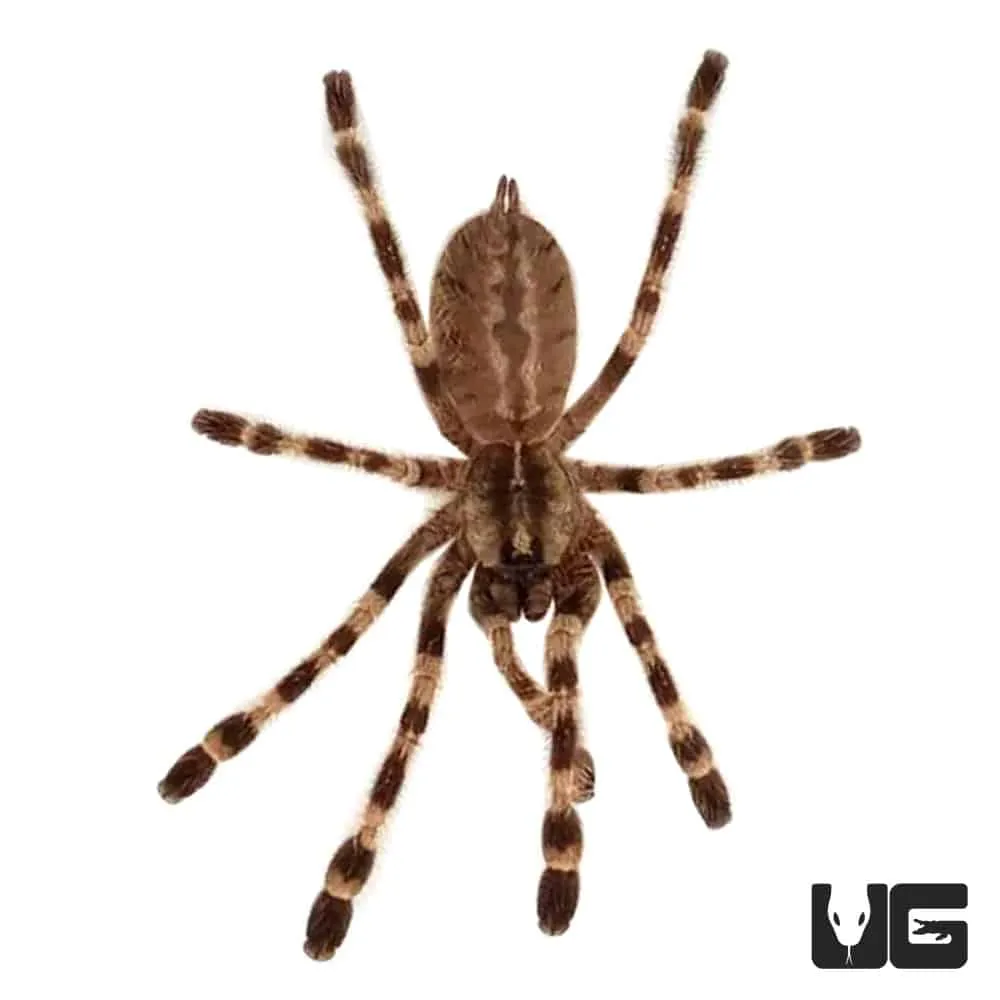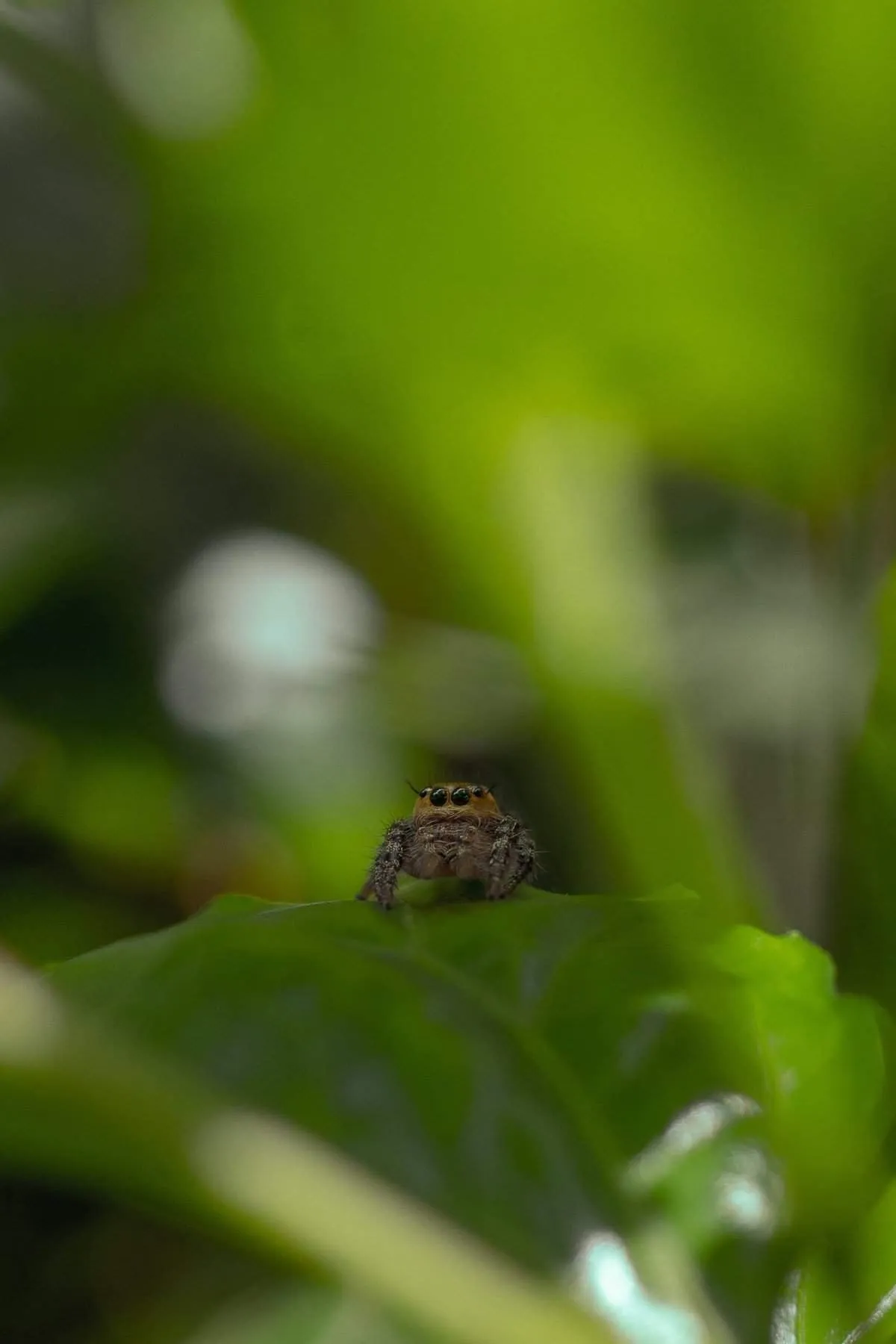The Giant Tarantula World An Overview
Giant tarantulas, with their impressive size and often intimidating appearance, are fascinating creatures that have captured the attention of both scientists and enthusiasts alike. These large, hairy spiders are found in various habitats around the world, primarily in tropical and subtropical regions. They are known for their nocturnal habits, spending much of their time in burrows or hidden under rocks, emerging at night to hunt for prey. Their diet consists mainly of insects, but they are also capable of taking down small vertebrates like lizards, rodents, and even small birds. Despite their size and predatory nature, giant tarantulas are also vulnerable to a range of predators in their natural environment, making their survival a constant challenge. Understanding the threats they face is crucial for appreciating their place in the ecosystem and for conservation efforts.
Top 5 Predators of Giant Tarantulas
The survival of a giant tarantula depends heavily on its ability to evade predators. These spiders have evolved various defense mechanisms, but they are still vulnerable to several threats in their natural habitats. The predators they face are diverse, ranging from insects to mammals, each with unique hunting strategies. Identifying these predators is key to understanding the ecological pressures that shape tarantula populations. This section will explore the top five most dangerous predators of giant tarantulas, highlighting their hunting techniques and the impact they have on tarantula survival.
The Pepsis Wasp Tarantula Hawk

The tarantula hawk (Pepsis wasp) is arguably the most feared predator of giant tarantulas. This large, striking wasp is known for its excruciatingly painful sting, which it uses to paralyze tarantulas. The wasp then drags the paralyzed spider to its nest, where it lays an egg on the tarantula’s abdomen. When the egg hatches, the larva consumes the still-living spider from the inside out. The tarantula hawk’s hunting behavior is a remarkable example of predator-prey interaction, where the wasp’s size and venom are perfectly adapted to overcome the defenses of a much larger spider. These wasps are widespread across the southwestern United States and other warm regions where tarantulas are found.
The tarantula hawk’s physical characteristics are also noteworthy. They have vibrant colors, typically a dark body with orange or blue wings. Their large size and powerful sting make them a formidable opponent. Female tarantula hawks are larger than males and are the primary hunters of tarantulas. Their hunting techniques involve searching for tarantula burrows or actively stalking spiders. Once a tarantula is located, the wasp uses its powerful sting to immobilize the spider before dragging it to a pre-prepared nest, showcasing a chilling display of predatory prowess.
Physical Description and Hunting Techniques
Tarantula hawks are easily recognizable due to their size and bright coloration, often featuring a black body with orange wings. They are solitary wasps, with females being larger than males. Their hunting technique is a brutal combination of stealth and strength. The female wasp searches for tarantulas by either patrolling the ground or flying low to the ground, sniffing out potential prey. When a tarantula is located, the wasp will engage in a fierce battle, attempting to sting the spider to paralyze it. Once successful, the wasp drags the paralyzed tarantula to a burrow, where it lays an egg on the spider’s abdomen. The larva that hatches then consumes the tarantula, effectively turning it into a living food source.
The Centipede A Terrifying Predator
Centipedes, particularly the larger species, are significant predators of giant tarantulas. These arthropods are fast-moving and have a potent venom that they use to subdue their prey. Their elongated bodies and numerous legs allow them to navigate burrows and crevices with ease, making them effective hunters in the tarantula’s natural habitat. Centipedes often ambush tarantulas, attacking them quickly and injecting venom to immobilize them. Their ability to access burrows and other confined spaces gives them a distinct advantage in the hunt.
Centipede Characteristics and Hunting Strategies

Centipedes possess a segmented body and a pair of venomous claws just behind their head, which they use to inject paralyzing venom into their prey. They are opportunistic predators, feeding on a variety of insects, arachnids, and occasionally small vertebrates. Their hunting strategy involves a quick ambush, striking with their venomous claws. Centipedes are highly adaptable and can be found in various environments, from moist forest floors to dry, rocky areas. Some species are capable of overpowering even large tarantulas, making them a significant threat. Their presence in the tarantula’s habitat adds a layer of danger.
Snakes A Silent Danger to Giant Tarantulas
Snakes, especially those that are adapted to ambush or constrict their prey, pose a significant threat to giant tarantulas. These reptiles often hunt in the same environments as tarantulas, and their stealthy hunting style makes them formidable predators. Snakes that burrow or can access tarantula burrows have a distinct advantage. The element of surprise is often key to their success, as tarantulas may not detect the snake until it is too late. The varied species of snakes and their hunting methods contribute to the overall predation pressure on tarantula populations.
Snake Species and Hunting Behavior
Several snake species have been observed preying on giant tarantulas. These include burrowing snakes, which can enter the tarantula’s burrow to attack, and constrictors that ambush tarantulas from hiding places. Snakes typically use their powerful jaws to subdue their prey, either by swallowing them whole or constricting them until they suffocate. The hunting behavior of snakes varies depending on the species, but all are adapted to exploit the vulnerabilities of tarantulas. The presence of venomous snakes in the habitat adds another layer of risk for tarantulas, as they may have difficulty defending against a venomous bite. Some snakes can even mimic the tarantula’s burrow scent.
Large Birds of Prey Skyborn Hunters

Birds of prey, such as hawks and owls, represent a major threat to giant tarantulas. These birds have excellent eyesight and can spot tarantulas from a distance. Their sharp talons and beaks are perfectly designed for capturing and consuming their prey. Birds often hunt during the day, while tarantulas are more active at night, creating a different hunting dynamic. The ability of birds to fly allows them to survey a large area and take advantage of exposed tarantulas, further adding to the challenges tarantulas face in surviving. The aerial advantage of birds makes them a constant threat.
Bird Species and Hunting Tactics
Hawks, owls, and other birds of prey are equipped with sharp talons for grasping prey and powerful beaks for tearing flesh. They often hunt from perches, scanning the ground for movement, or they may actively patrol the tarantula’s habitat. Their hunting tactics include swooping down to capture tarantulas, sometimes targeting them when they are exposed or in the process of molting, which makes them more vulnerable. The hunting success of birds depends on factors like visibility, tarantula behavior, and the availability of other prey. The presence of these avian predators poses a significant risk.
Mammalian Predators The Hidden Threats
Several mammals are also predators of giant tarantulas. These include species like opossums, raccoons, and skunks, which may dig into burrows or ambush tarantulas. Their adaptability and ability to exploit various food sources make them successful hunters in the tarantula’s environment. The nocturnal habits of some of these mammals also align with the activity patterns of tarantulas, increasing the likelihood of encounters. These predators can inflict serious harm, and their presence contributes to the overall predation pressure on tarantula populations.
Mammal Species and Hunting Styles

Mammalian predators, such as opossums, raccoons, and skunks, often have a keen sense of smell, which helps them locate tarantula burrows. They may dig to access the spiders or wait outside the burrow entrance. Their hunting styles involve a combination of stealth and brute force. Some species have thick fur that offers a degree of protection against tarantula bites, making them more resistant to defensive attacks. The opportunistic nature of these mammals means that they can exploit tarantulas as a food source. Their presence significantly impacts tarantula survival rates.
How Giant Tarantulas Defend Themselves
Giant tarantulas have evolved a variety of defense mechanisms to protect themselves from predators. These defenses range from physical attributes to behavioral adaptations. Understanding how tarantulas defend themselves is crucial for appreciating their resilience and their ability to survive in a dangerous world. The defensive strategies of tarantulas include venomous bites, urticating hairs, and defensive postures, helping them to deter potential attackers.
Venomous Bite and Defensive Behaviors
Giant tarantulas possess venom, which they inject through their fangs when they bite. While not usually lethal to humans, the bite can be painful and cause local reactions. In addition to their venomous bites, tarantulas have several other defensive behaviors. They may rear up in a defensive posture, exposing their fangs and appearing larger than they are. They can also flick urticating hairs from their abdomen, which irritate the skin and eyes of predators. These hairs act as a deterrent, causing discomfort and discouraging further attack. The combination of these defenses gives tarantulas a chance to survive and escape from their predators, safeguarding their continued existence.
